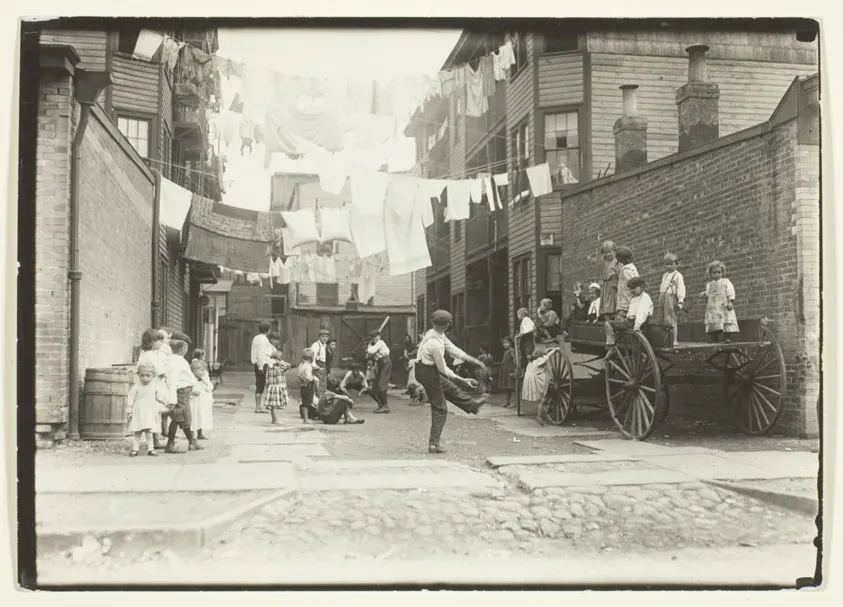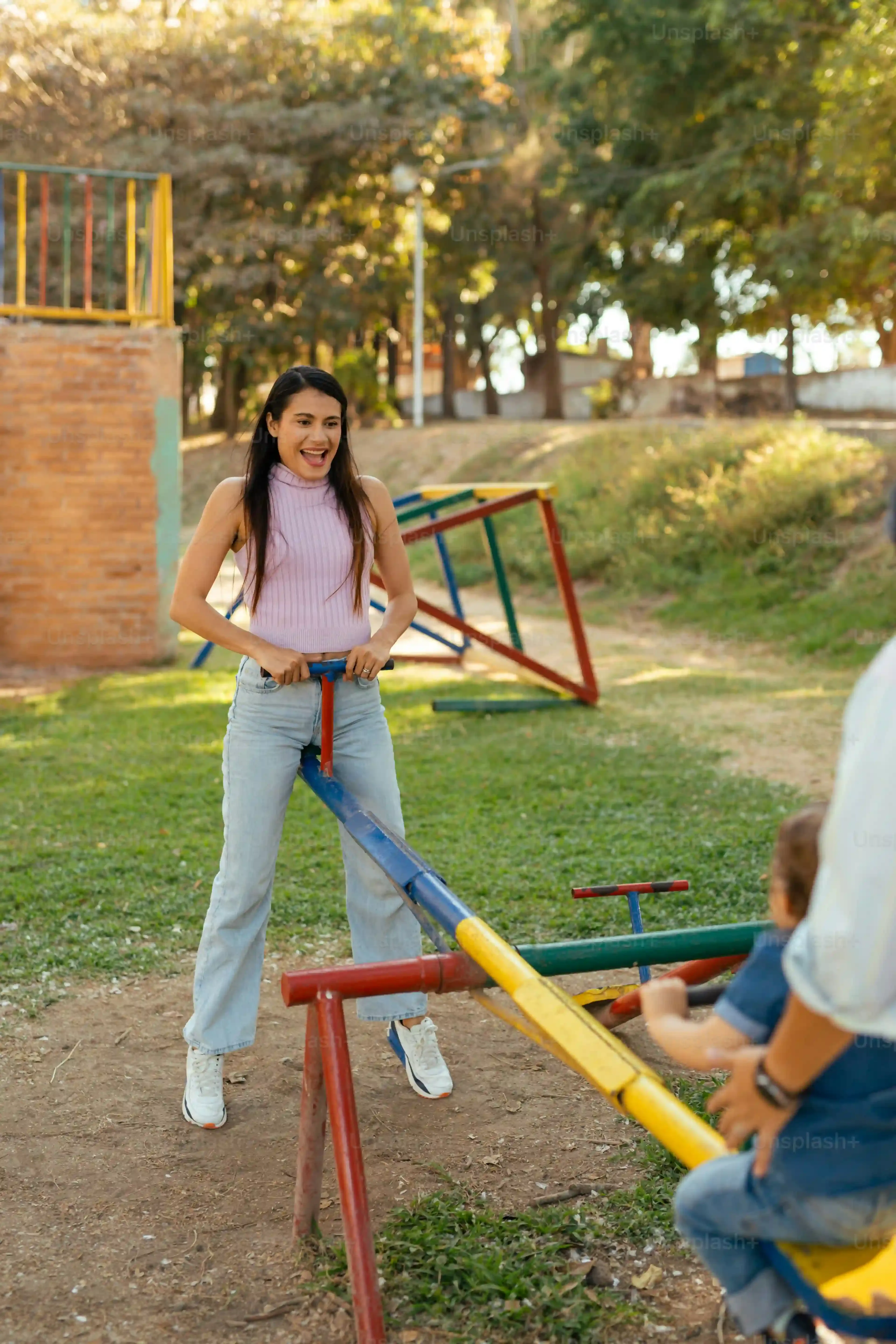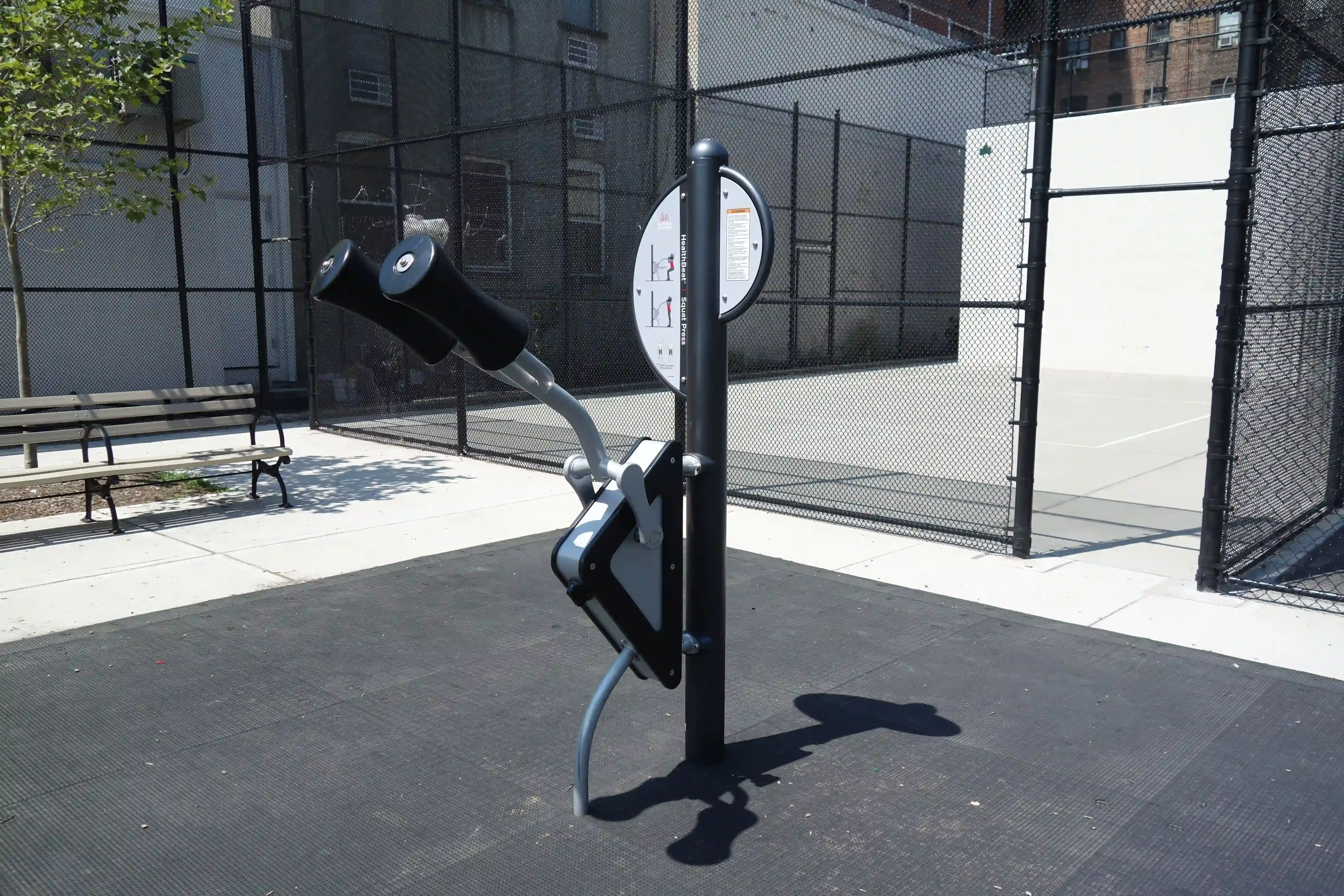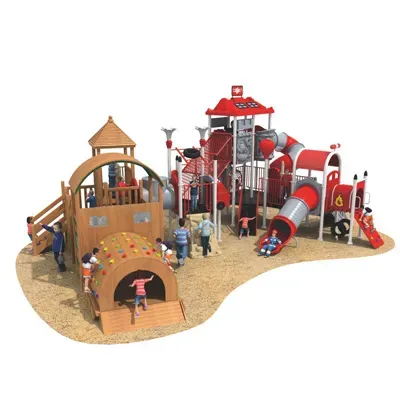Table of Contents
Let's be real, decking out your backyard with a brand-new playground set can cost a small fortune. We're talking serious cash that could fund a family vacation or maybe even fix that leaky faucet that's been driving you nuts. But kids need to play outside, right? Swings, slides, climbing frames – they’re essential for burning off energy and building those important motor skills. This is where the savvy move comes in: looking into used outdoor playground equipment.
Finding Quality Used Outdoor Playground Equipment

Finding Quality Used Outdoor Playground Equipment
Alright, so you're ready to dive into the world of pre-owned play structures. Finding quality used outdoor playground equipment isn't rocket science, but it does require a bit of looking around. Forget just stumbling upon a perfect set on the side of the road (though hey, sometimes that happens!). Most folks start their search online. Think local marketplaces like Facebook Marketplace or Craigslist. People are constantly moving, kids are growing up, and that swing set that was the center of their universe last year might just be clutter today. You'll also find listings on sites like eBay, though shipping can get pricey for big, bulky items. Don't overlook local community groups or even garage sales in neighborhoods with lots of families; sometimes the best deals and the most well-maintained gear pop up right under your nose.
What to Check Before Buying Used Playground Sets

What to Check Before Buying Used Playground Sets
First Look: Rust, Cracks, and Sharp Edges
Alright, you found a promising listing for used outdoor playground equipment. Before you even think about loading it up, you need to become a detective. Your initial inspection is crucial. Walk around the entire structure. Are there any obvious signs of heavy rust, especially around bolts, joints, or metal tubes? Rust weakens metal and can lead to sharp, dangerous edges. Look closely at plastic components too – slides, seats, climbing holds. UV rays are brutal on plastic, making it brittle. Check for cracks, fading, or pieces that look like they're about to snap. Run your hand along edges (carefully!) to feel for splinters on wood or sharp plastic bits. Kids are going to be all over this thing, so anything that looks like it could cause a cut or scrape is a major red flag.
Structural Soundness: Wobbly Legs and Loose Connections
Once you've done the surface scan, it's time to check the bones of the beast. Give the main support legs a good shake. Do they feel solid, or do they wobble like a newborn giraffe? Loose connections are a big deal. Inspect all the bolts, screws, and fasteners. Are they all present? Are they tight? Missing or loose hardware is a sign of poor maintenance and a potential collapse waiting to happen. Check the ground anchors if it’s a set designed to be permanently installed. If they're bent or corroded, the whole structure could tip over in a strong wind or with enthusiastic play. Don't be shy; try to climb on it yourself (if it looks sturdy enough for you) or have the seller demonstrate its stability. A little creaking is normal, but excessive movement is not.
- Look for rust on metal parts, especially near joints.
- Inspect plastic for cracks, fading, or brittleness.
- Check for splinters or sharp edges on all surfaces.
- Shake support legs – they should feel solid.
- Ensure all bolts and fasteners are present and tight.
- Examine ground anchors for corrosion or damage.
Hardware, Accessories, and Asking Questions
Beyond the main structure, look at the smaller but equally important parts. Check the chains on swings – are they kinked, rusted, or worn thin? Are the swing seats cracked or damaged? What about the slide? Does it have any major gouges or warped sections? Make sure all the pieces advertised are actually there. Missing nuts, bolts, caps, or even small ladder rungs can be a pain (and an expense) to replace. Talk to the seller. Ask them how old the set is, where it was located (was it under trees constantly dripping sap, or out in the open sun?), and why they're selling it. Their answers, or lack thereof, can tell you a lot. Don't feel pressured; it's better to walk away from a questionable deal than to bring home a safety hazard.
Refurbishing Your Used Outdoor Playground Equipment

Refurbishing Your Used Outdoor Playground Equipment
Giving It a Good Scrub Down
you scored some used outdoor playground equipment. Maybe it's looking a little…loved. First step? A deep clean. Think of it as peeling back the years of grime, sap, bird droppings, and whatever else Mother Nature (and sticky kids) threw at it. Grab a bucket of warm, soapy water – dish soap works fine – and a sturdy brush. Scrub down every surface. For stubborn spots like mildew on plastic or green algae on wood, a mix of water and white vinegar or a mild bleach solution (be careful with this, rinse thoroughly!) can work wonders. Pressure washing can be effective on tough surfaces like plastic or metal, but be cautious with wood; too much pressure can splinter it. Get into all the nooks and crannies. A clean set not only looks better but also lets you see any hidden damage you might have missed during the initial inspection.
Painting, Staining, and Replacing Bits
Once it's clean and dry, you can really start making that used outdoor playground equipment your own. Wood sets often benefit from a good sanding, especially if there are splinters, followed by a fresh coat of outdoor-grade stain or paint. This protects the wood from the elements and gives it a vibrant new look. For metal parts showing surface rust after cleaning, hit them with a wire brush, then apply a rust-inhibiting primer before painting with exterior metal paint. Faded plastic slides or seats? Sometimes you can find specialty plastic paints, but often, just cleaning them thoroughly makes a huge difference. If any parts like swing seats, ropes, or specific bolts are too damaged to salvage, replace them. Don's skimp here; safety is paramount. You can often find replacement parts online or at hardware stores.
- Clean thoroughly with soap and water, or vinegar/bleach solution for tough spots.
- Use a pressure washer carefully on appropriate materials.
- Sand wooden parts to remove splinters and prep for finishing.
- Apply outdoor stain or paint to protect wood.
- Address rust on metal with a wire brush, primer, and exterior paint.
- Replace damaged swing seats, ropes, or hardware immediately.
Selling or Donating Your Old Playground Gear

Selling or Donating Your Old Playground Gear
Prepping and Pricing for a Sale
So, the kids have outgrown the swing set, or maybe you're just ready for a change. Now you've got this big, bulky used outdoor playground equipment taking up space. Selling it is a solid option to recoup some cash. First things first, clean it up. Seriously, nobody wants to buy a mud-caked, spiderweb-covered structure. Take good photos from different angles, highlighting its features but also being honest about any wear and tear you couldn't fix. Price it realistically. Look at what similar used outdoor playground equipment is listed for in your area. Factor in its condition, age, and original cost. Be prepared to negotiate; people buying used expect a deal. List it on those local online marketplaces we talked about earlier – Facebook Marketplace is king for this kind of stuff these days. Be clear in your listing about whether the buyer needs to disassemble and haul it themselves, because that's a major factor for potential buyers.
Finding a New Home Through Donation
Maybe you don't need the money, or maybe your used outdoor playground equipment isn't in top selling shape but still has life left. Donating is a fantastic way to give back. Local schools, community centers, churches, or non-profit organizations that work with kids are often thrilled to receive donations of usable play equipment. Contact them first to see if they have a need and can accept it. Sometimes they even have volunteers who can help with pickup or disassembly. Donating keeps the material out of the landfill and provides play opportunities for kids who might not otherwise have access to them. It feels pretty good, too, knowing your old swing set is still creating happy memories somewhere.
Selling | Donating |
|---|---|
Recoup some cost | Helps community organizations |
Requires cleaning, photos, listing, negotiation | Often simpler process |
Buyer handles removal (usually) | Recipient might assist with removal |
Best for well-maintained equipment | Good option even for slightly worn but safe gear |
Making Smart Choices with Used Playground Gear
Finding used outdoor playground equipment doesn't have to be a gamble. By knowing where to look, what potential issues to scrutinize – from structural integrity to hardware condition – and understanding that some elbow grease might be required for cleaning or simple repairs, you can land a solid setup without draining your savings. When the time comes to pass it on, whether selling or donating, ensuring the equipment is in decent shape makes the process smoother for everyone involved. It's about making practical decisions for play spaces.